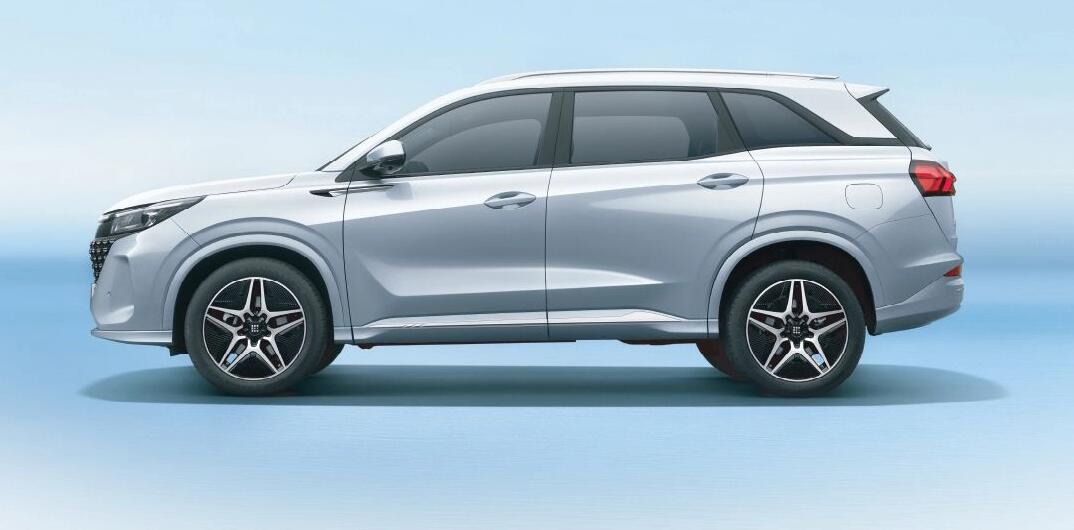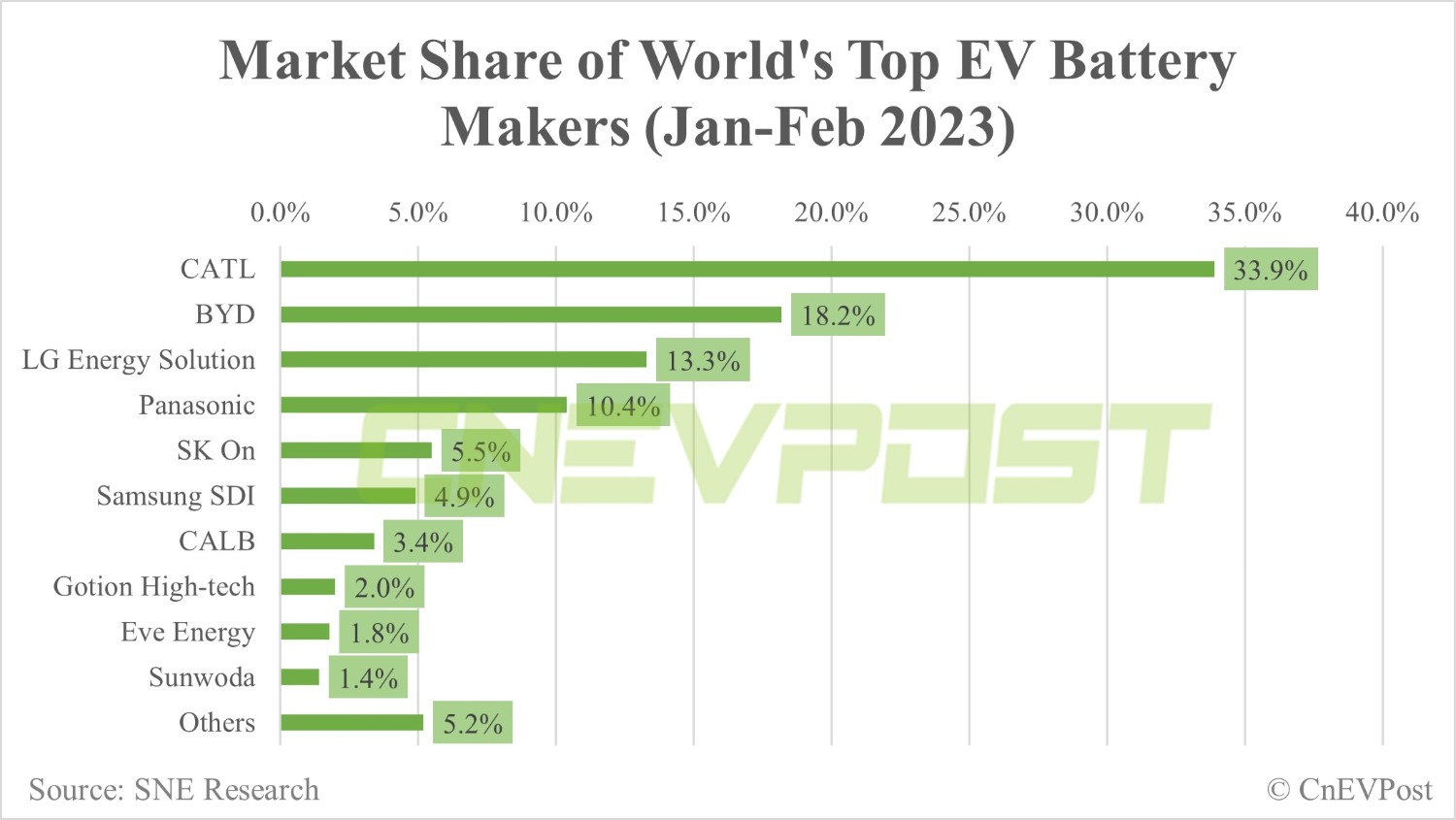The Landian E5 is a mid-size plug-in hybrid SUV with a starting price of RMB 139,900.

Chinese tech giant Huawei's key partner in the automotive sector, Seres Group, has launched another new energy vehicle (NEV) brand to increase its bets in the sector.
Seres today officially unveiled the Landian (蓝电) brand and made its first model, the plug-in hybrid E5, available with technology from Huawei and BYD, according to an online launch event.
Landian literally means blue electricity in Chinese. The brand is positioned as a builder of the Internet of Everything ecosystem in the "E era", where the letter E refers to Electric.
By 2023, the Landian brand will build 340 experience stores and 160 delivery centers, Seres said.
The Landian E5 is a mid-size SUV, available in five- and seven-seat versions. It measures 4,760 mm in length, 1,865 mm in width and 1,710 mm in height, and has a wheelbase of 2,785 mm.

The car is available in two versions with starting prices of RMB 139,900 ($20,330) and RMB 151,900 respectively.
The Landian E5 is powered by Seres' DE-i electric drive platform, which uses the F31A 1.5L PHEV-specific engine and DHT300 electric hybrid system from BYD's FinDreams Power.
The engine has a maximum power of 81 kW and a maximum torque of 135 Nm, while the electric motor has a maximum power of 130 kW and a maximum torque of 300 Nm. It can accelerate from 0 to 100 km/h in 7.4 seconds.

The car has an NEDC range of 100 km, 110 km on battery power and a combined WLTC range of 1,150 km on full fuel and full charge.
The Landian E5 is equipped with Huawei's HiCar 3.0 system, a lite version of HarmonyOS for cars, but supports features including seamless connectivity with cell phones.

Chongqing-based Seres Group was renamed from Chongqing Sokon Industrial Group in July 2022. It is Huawei's most important partner in the automotive industry to date.
Huawei announced on April 20, 2021 that the company officially started selling cars, with the Seres SF5 from the Seres Group's Seres brand being the first model to enter its channels.
The Seres brand announced the launch of a premium NEV brand called AITO with Huawei on December 2, 2021, and has already launched models including the M5 and M7.
Seres Group sold 12,773 vehicles in February, including 6,577 NEVs, according to figures it announced earlier this month.
On February 25, the Seres brand and Huawei signed an agreement on deepening their joint business, which will see the two jointly launch a new vehicle platform, the first flagship model of which is scheduled for release in 2023.
Seres unveiled aggressive plans at the time, saying the joint business aims to see annual sales of NEVs reach 1 million units by 2026.
($1 = RMB 6.8813)
Seres, Huawei sign deal on joint business, aim to sell 1 million NEVs by 2026
The post Seres unveils new NEV brand Landian and 1st model E5 with BYD, Huawei technology appeared first on CnEVPost.
For more articles, please visit CnEVPost.













